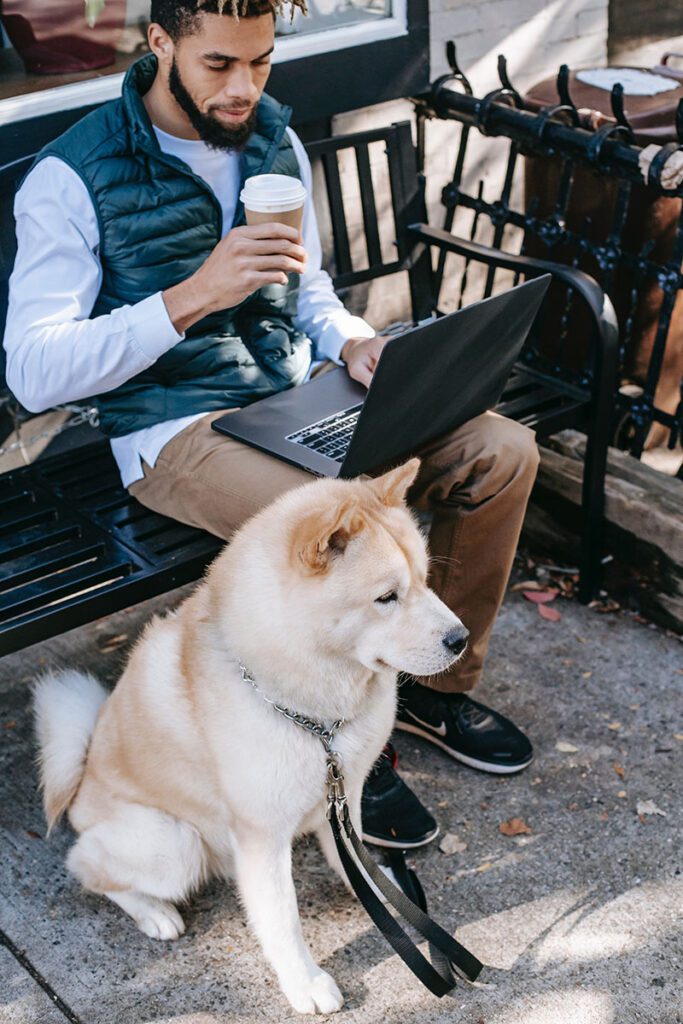How to use a Shock Collar to stop Bad Behavior
Understanding Shock Collars
Shock collars, also known as electronic training collars or e-collars, are devices designed to deliver electrical stimuli, often in the form of a mild static shock, to a pet wearing the collar. The purpose is to interrupt unwanted behavior and associate it with an unpleasant sensation, discouraging the pet from repeating the action. However, it is crucial to recognize that shock collars should never be the sole training method and must be used judiciously.
Positive Reinforcement Approach
Selecting the Appropriate Collar and Settings
Training Techniques:
-
Find the behavior that is problematic: Identify the problem behavior that you wish to tackle, for example excessive digging or barking.
-
Establish consistent commands: Learn your pet basic commands, like “sit,” “stay,” and “come.” These commands form the basis for communication in training.
-
Positive reinforcement association: Before using the collar to shock, you should train your pet to associate it with positive experiences. Use the collar to reward your pet by introducing it gradually in time of play or treats.
-
The timing is critical: correct your pet’s behavior immediately and consistently. Make sure that the punishment is administered within a short time of the unwanted behavior, so that your pet will associate the correction with the action.
-
Reward positive behavior with correction: Use the shock collar with positive reinforcement methods. After the correction, immediately redirect your pet’s attention towards a desired behavior, rewarding them for observing.
-
Consistency and patience: Maintain the same approach and be patient with your pet’s progress. Training takes time, and results that are positive will be achieved through consistent practice and constant reinforcement.
Ethical Considerations
When you use shock collars it is crucial to treat your pet with compassion and empathy. Always put the health of your pet first and never utilize the collar for the purpose to cause the pain. Don’t use the collar for a punishment and do not wear it for long periods. Also, talk to a dog trainer with experience in positive reinforcement techniques to ensure that the collar is used correctly and to address any concerns.
How to use a Shock Collar to stop Bad Behavior FAQs
- Can shock collars be used on any breed or size of dog?
Shock collars can be used on various breeds and sizes of dogs, as they typically offer adjustable intensity levels. However, it is important to consider the dog’s temperament, individual needs, and consult with a professional before using a shock collar. Different breeds may require different training techniques, and the intensity level should always be appropriate for the dog’s size and sensitivity.
- Are there alternative training methods to consider before using a shock collar?
Yes, there are alternative training methods that should be considered before resorting to a shock collar. Positive reinforcement techniques, such as rewards, praise, and play, are highly effective in training dogs and shaping their behavior. Consulting with a professional dog trainer or veterinarian can provide valuable insights and guidance on alternative training approaches that may be suitable for your specific situation.
- Can shock collars cause harm or distress to dogs?
Improper usage of shock collars can potentially cause harm or distress to dogs. It is important to introduce the collar gradually, at the lowest intensity level possible, and follow a systematic training plan. Always prioritize the well-being of your dog and closely monitor their reaction to the collar. If you notice any signs of discomfort, stress, or adverse effects, discontinue the use of the collar immediately and consult with a professional dog trainer or veterinarian.
- Do shock collars replace positive reinforcement?
No, shock collars should never replace positive reinforcement techniques. Positive reinforcement, which involves rewarding desired behaviors, plays a crucial role in training and strengthening the bond between the owner and the dog. Shock collars should be used in conjunction with positive reinforcement, where the collar serves as a corrective measure to interrupt unwanted behavior, followed by immediate positive reinforcement when the dog responds appropriately.
